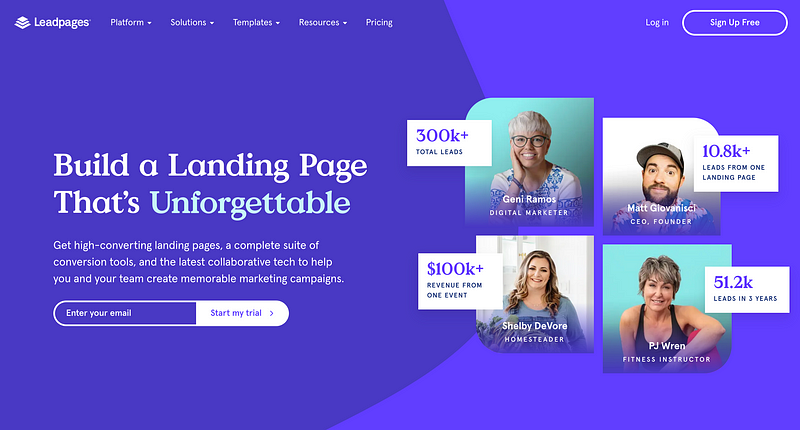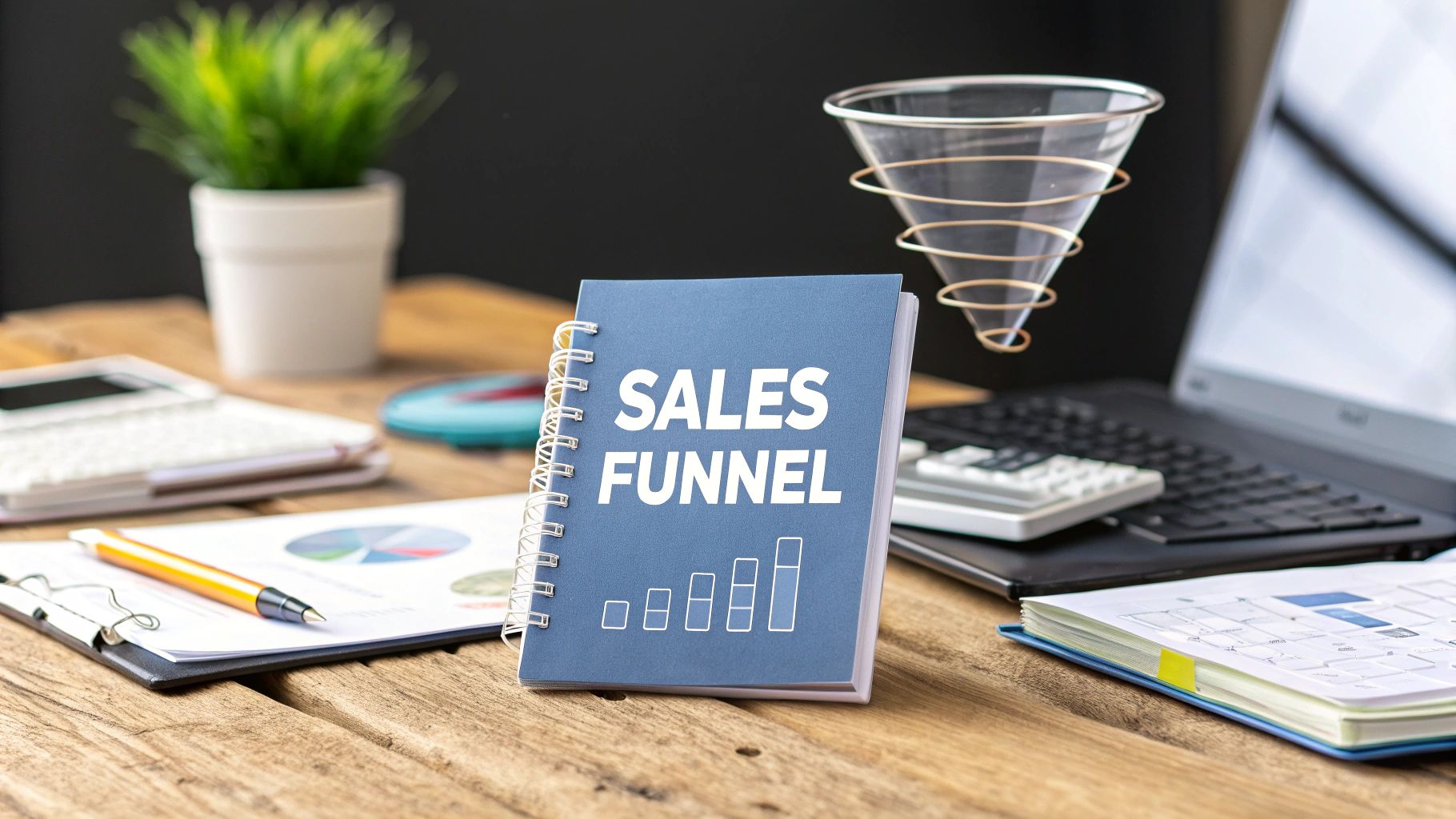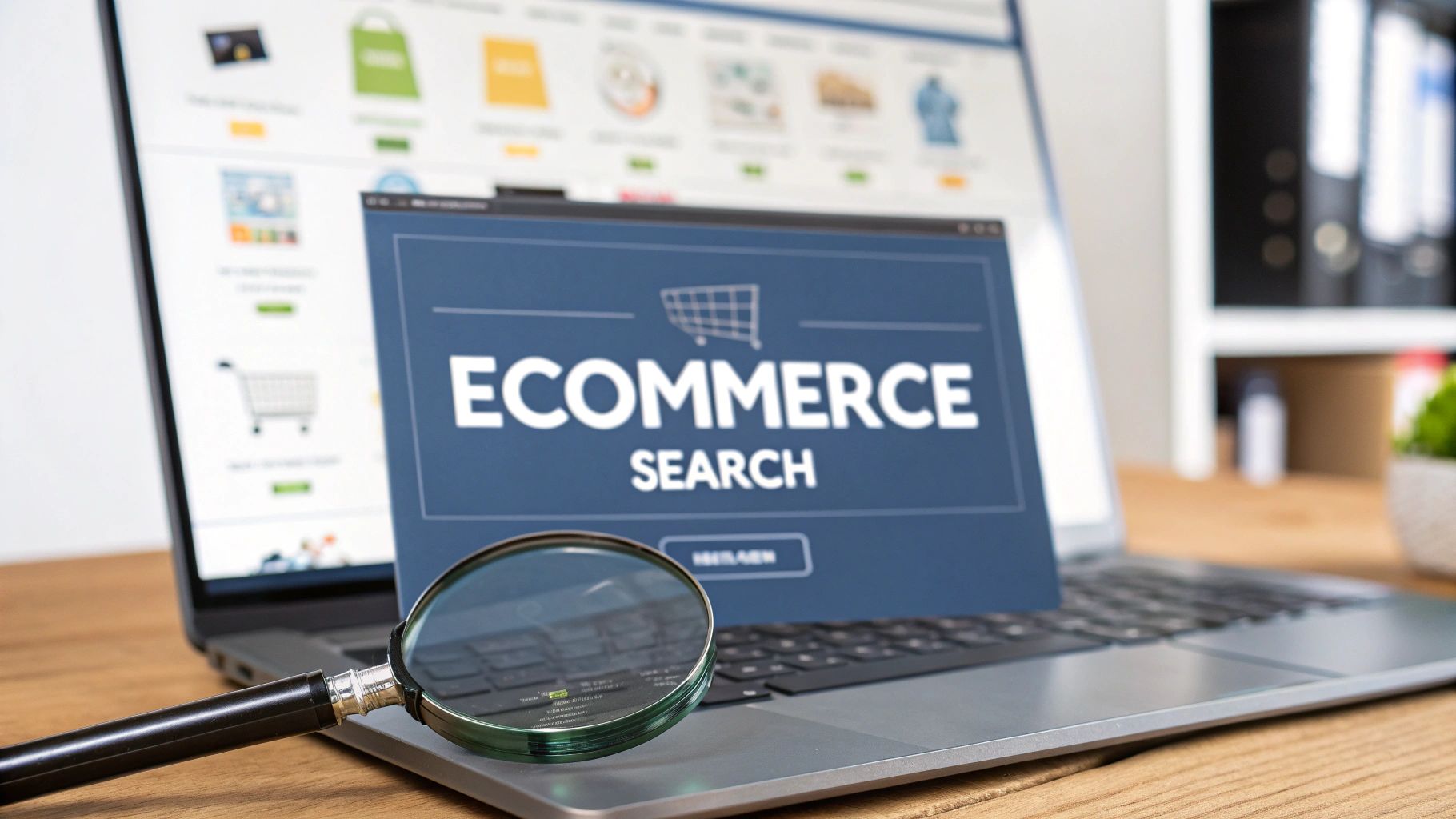Upsell & Cross-Sell Microsites: A Game-Changer for Website Design Agencies
Website design agencies often focus so intently on winning new clients that they neglect an equally important opportunity: driving further…

Website design agencies often focus so intently on winning new clients that they neglect an equally important opportunity: driving further value from existing relationships. One of the most effective ways to capitalise on these relationships is through upsell and cross-sell microsites — dedicated pages with tailored messaging, designed to present premium or complementary services in a clear, singular format. By building these microsites with Lead Pages, agencies can quickly launch, test, and refine high-converting pages that encourage clients to invest in additional offerings.
This in-depth guide delves into what upsell and cross-sell microsites are, why they matter to your agency’s bottom line, the key elements of a successful microsite, and how to use Lead Pages to build and optimise them.
The Significance of Upsell & Cross-Sell in Agency Growth
1. Tapping into Existing Trust
When you have already delivered a project for a client — be it a bespoke website, an e-commerce platform, or a brand refresh — you have something invaluable on your side: trust. The client understands your capabilities, your work ethic, and how you handle communication. Offering them an additional service through a thoughtfully crafted microsite leverages this existing rapport, making it more likely they will be receptive to your pitch.
2. Reducing Acquisition Costs
Securing brand-new clients typically requires considerable time, labour, and marketing spend. In contrast, offering complementary or premium services to an existing client involves less risk and fewer overheads. The cost of client acquisition is significantly lower when you’ve already earned their confidence and built a rapport.
3. Differentiating Your Agency
Competition is fierce among website design agencies, and standing out can feel like an uphill battle. By emphasising the added value of services such as ongoing maintenance, advanced SEO strategies, or specialist user experience (UX) revamps, you position your agency as a holistic partner rather than a one-off service provider. Clients appreciate this all-encompassing approach, which can help you outshine rivals who only offer bare-bones design packages.
What Exactly are Upsell & Cross-Sell Microsites?
An upsell microsite promotes a higher-tier version of an existing service or project scope. For instance, if you’ve built a small business website, you could create an upsell microsite that highlights a premium SEO package or a custom-coded solution for enhanced site performance.
A cross-sell microsite, on the other hand, offers complementary services that expand your client’s digital ecosystem. After delivering a website, you might cross-sell branding refreshes, social media management, or email marketing campaigns. Whilst the original project solved one major problem — establishing a professional digital presence — the cross-sell addresses related needs, such as brand visibility or audience engagement.
Key Elements of a High-Converting Microsite
1. A Distinct, Targeted Offer
Clarity is paramount. If your microsite is pitched to clients interested in revamping their existing site, make sure the proposition is specifically focused on that outcome. Vague or general pages risk confusing your audience and diluting your offering.
2. Compelling Headlines and Subheadings
Your headline should capture attention in a direct way: “Maximise Your Sales with a Bespoke E-Commerce Revamp,” for example. Subheadings guide visitors through your value proposition, making the page more scannable and user-friendly.
3. Engaging Visuals and Proof
Professional imagery, videos, or short animations demonstrating the service in action help you stand out. Incorporate concise case studies or testimonial quotes to reinforce credibility. Potential clients want to see real outcomes, so providing concrete evidence of your expertise is essential.
4. Concise Yet Persuasive Copy
Focus on benefits over features. Instead of going on about hosting environments or server configurations, highlight how your improved hosting solution speeds up loading times, increases conversion rates, and reduces user drop-off.
5. Clear Calls-to-Action
Every microsite needs a definitive next step. Whether it’s scheduling a consultation or requesting a bespoke quote, your primary call-to-action (CTA) should be highly visible and action-oriented. Use strong wording like “Request My Custom Upgrade” or “Speak to Our Specialist Team.”
Building Microsites with Lead Pages
Crafting upsell and cross-sell microsites is greatly simplified when you have the right tool at your disposal. That’s where Lead Pages comes in. Through a user-friendly interface, design agencies can quickly build dedicated pages with minimal coding and maximal flexibility.
1. Template Selection
Start by exploring the extensive template library in Lead Pages. Search for layouts that align closely with your objective — whether it’s capturing leads, showcasing a video, or directing visitors to schedule a call. Each template is professionally designed to encourage conversions, making it easier to create a page that looks polished and functions smoothly.
2. Simple Drag-and-Drop Editing
When using the intuitive drag-and-drop editor, you can adjust colours, fonts, images, and text blocks with ease. This means your microsite can be tailored to suit your agency’s branding and the unique needs of the service you’re promoting. The faster you can launch your page, the sooner you can begin measuring its effectiveness.
3. A/B Testing for Continuous Improvement
One of the greatest advantages of Lead Pages is its built-in A/B testing functionality. Instead of guessing which headline or CTA resonates most, you can create multiple variations, run them simultaneously, and gather data. This data-driven approach allows you to make iterative tweaks to boost conversion rates and better communicate your offering.
4. Seamless Integrations
Collecting client information is one half of the equation; the other half is managing and following up on those leads. Fortunately, Lead Pages integrates effortlessly with popular email marketing platforms, CRMs, and analytics tools. Automating your lead capture and follow-up ensures no potential upsell or cross-sell opportunity falls through the cracks.
Practical Application: Making Your Microsites Sing
1. Timing is Everything
The best moment to pitch an upsell is when the client is already seeing positive results from your primary service. For example, if they’ve just witnessed an increase in user engagement on their new website, share your advanced user experience improvements or remarketing strategy. The data-driven success they’ve already experienced will bolster their confidence in your additional offerings.
2. Personalise the Microsite
Whenever possible, tailor your page to the specific client or industry. For instance, if you’re pitching a well-established e-commerce brand, use language and imagery that reflects their vertical, such as clothing or electronics. Highlight outcomes most relevant to them — like higher online sales or improved brand loyalty. Personalisation boosts conversion rates by showing that you understand their unique challenges.
3. Use Scarcity or Exclusivity
In some cases, adding a sense of urgency can drive action. Phrases like “limited spots available for a one-on-one design sprint” or “be among the first five to receive our VIP branding audit” can nudge hesitant clients into immediate engagement. Just be sure your claim is genuine, as artificial scarcity can backfire if it’s perceived as disingenuous.
4. Highlight Return on Investment
Whilst design elements are crucial, many clients are financially driven. Demonstrate how your upsell or cross-sell solution can pay for itself through measurable results. If you’re offering a digital marketing or SEO enhancement, provide examples of how you’ve increased website traffic or boosted conversion rates for other clients in similar niches.
Measuring Success: Tracking and Analysis
Once your microsite is live, monitoring performance is vital. Keep an eye on:
- Page Views and Conversion Rates: Identify how many visitors are moving forward with your CTA.
- Engagement: Look at metrics such as time on page, bounce rate, and click-through rates on different sections.
- Form Submissions: Track how many leads you capture and how many quotes or bookings are requested.
By closely examining these metrics, you’ll gain insights into what’s working and what isn’t. For instance, if the majority of users leave before reaching your CTA, you may need to refine your copy or restructure your visuals. This iterative approach helps you hone your upsell and cross-sell strategy, ensuring maximum impact over time.
Conclusion: The Ongoing Value of Microsites
Upsell and cross-sell microsites offer a practical, powerful way for website design agencies to deepen client relationships and enhance revenue streams. Through targeted messaging, compelling visuals, and clear calls-to-action, these dedicated pages reduce friction and guide existing clients toward valuable services they might otherwise overlook. Thanks to user-friendly platforms like Lead Pages, creating and fine-tuning microsites has never been simpler — or more fruitful.
By incorporating these focused pages into your workflow, you’ll not only build stronger, more rewarding partnerships with current clients but also establish your agency as a multi-faceted authority in digital solutions. Embrace upsell and cross-sell microsites, and watch your agency’s profitability — and reputation — soar.





